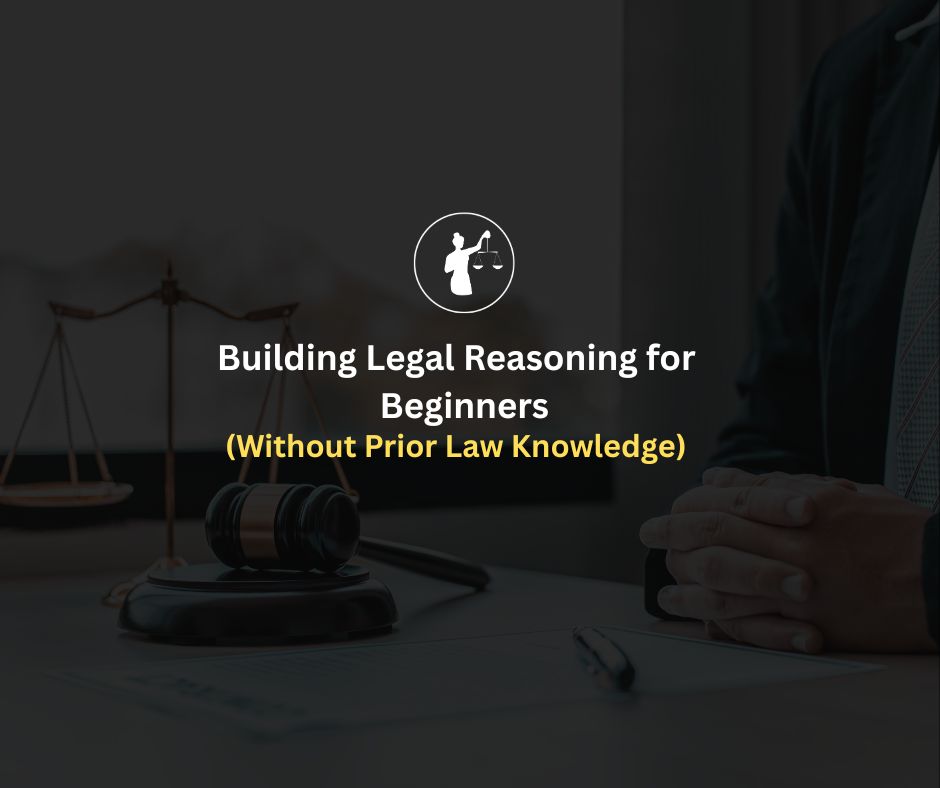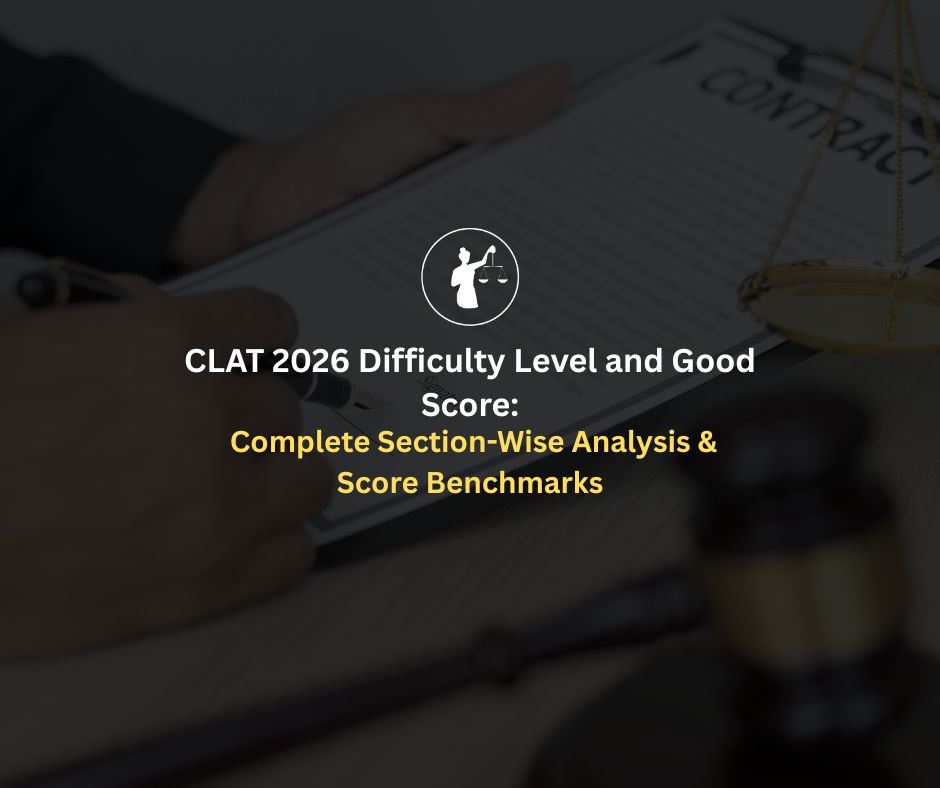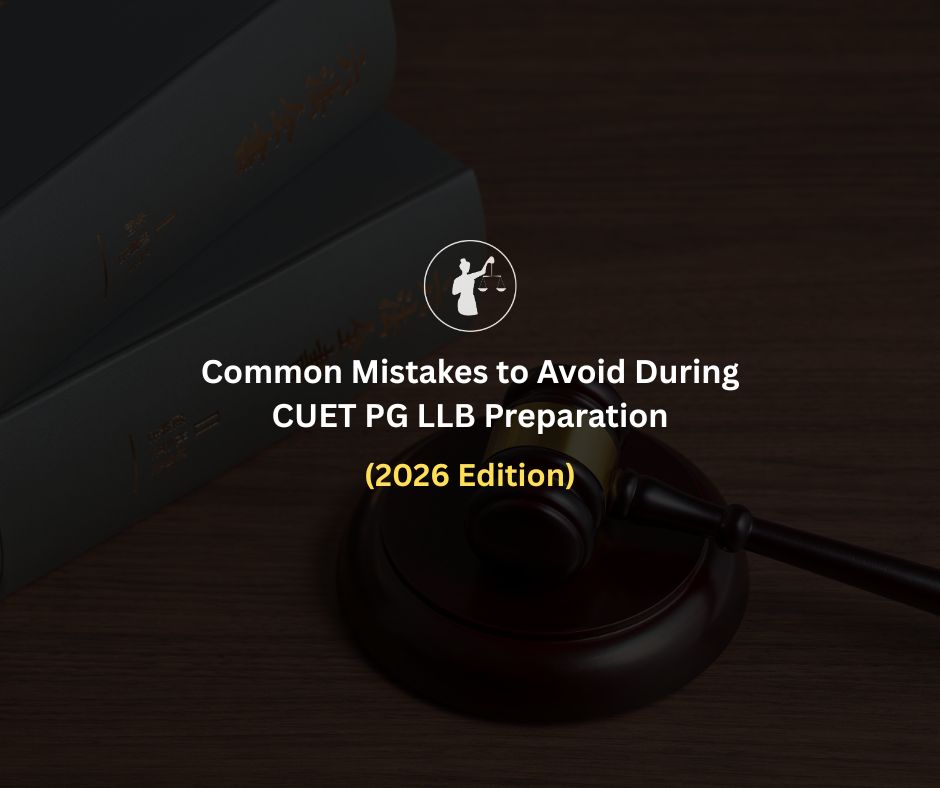
A step-by-step guide to mastering NLSAT legal reasoning for beginners. Learn how to learn legal reasoning for NLSAT without prior law knowledge using structured methods, examples, and NLTI mentorship.
Check Out NLSAT Online Coaching and Mentorship
If you’re a first-time aspirant wondering how to learn legal reasoning for NLSAT, you’re not alone. The NLSAT legal reasoning beginner's journey starts not with memorizing legal jargon but with understanding how to think like a lawyer: structured, analytical, and principle-driven.
The National Law School Admission Test (NLSAT), conducted by NLSIU Bengaluru, is the gateway to its prestigious 3-year LL.B. (Hons.) program. While most aspirants have no formal law background, NLSAT legal reasoning for beginners tests clarity, logic, and argument structure, not prior legal knowledge.
Legal reasoning in NLSAT Part B doesn’t require memorized laws or maxims. Instead, it evaluates your ability to apply given legal principles to hypothetical facts using rational analysis.
Key takeaway: Even complete beginners can excel at NLSAT legal reasoning by mastering structured thought and application.
Read More: NLUO 3-Year LLB 2026: Exam, Syllabus & Preparation
Success in NLSAT legal reasoning for beginners depends on four foundational skills:
Tip: For beginners, focus on reasoning through rules, not remembering rules.
Read More: Common NLSAT Mistakes and How to Avoid Them
The IRAC framework forms the foundation of NLSAT legal reasoning for beginners.
This structure ensures your answers are logical, readable, and high-scoring.
For NLSAT legal reasoning beginners, analytical ability is built through exposure, not rote learning.
Break down each fact pattern into causes and effects.
Ask: What principle applies? How does it interact with this fact?
Write multiple interpretations and check which aligns with the rule.
Avoid emotional responses like “this feels unfair”; law rewards reasoning, not empathy.
Example: If a player is injured during a game under “voluntary assumption of risk,” analyze whether the player knew and accepted that risk level.
The NLSAT legal reasoning beginners module values fairness and internal consistency. When reasoning, use justice, coherence, and neutrality, never personal bias.
Do:
Justify every statement with a legal principle.
Maintain a neutral tone (“According to the rule…”).
Don’t:
Use moral arguments (“It’s unfair that…”).
Deviate from the scope of the rule.
Your goal is to argue within the law’s framework, not outside it.
Even strong reasoning fails if poorly written. To master how to learn legal reasoning for NLSAT, practice writing with precision.
Write short, structured paragraphs.
Avoid redundancy or filler words.
End each paragraph with a logical link to the next.
Reread your response and ask: Can a layperson follow my reasoning step by step?
In NLSAT, clarity is strategy. Simplicity wins marks.
Read More: NLSAT Prep in Tamil Nadu: English Writing & GK Tips
A major pitfall for NLSAT legal reasoning beginners is over-preparing irrelevant law content.
Remember, NLSAT legal reasoning for beginners rewards thinking, not recall.
A. NLTI Mocks and Mentorship
Created by NLSIU alumni, NLTI’s mocks mirror NLSAT’s Part B exactly.
Mocks simulate real questions, testing reasoning and structure.
NLTI mentors provide personalized feedback perfect for beginners without prior law knowledge.
In NLSAT 2024, NLTI students secured AIR 1, 2, 4, 5, 8, 19, and 28.
B. Simplified Judgments Reading
Read short summaries of Supreme Court cases (focus on reasoning).
Analyze why judges ruled, not what they ruled.
Helps beginners understand real-world application of principles.
C. IRAC Practice Sets
Solve 3–5 IRAC questions weekly.
Time for each attempt (12–15 mins).
Compare your answers with mentor-reviewed models.
Read More: Balancing MH CET Law and NLSAT Preparation Tips
Daily Routine for NLSAT Legal Reasoning Beginners
1 hour: Reading comprehension and editorial summaries
1 hour: Solve 2–3 reasoning problems using IRAC
30 minutes: Review mistakes and note improvements
2 days/week: Write short essays on legal-social topics
Weekly Review Checklist
Have I identified issues correctly in each question?
Am I justifying each application with logic?
Is my writing structured, not emotional?
For complete NLSAT legal reasoning beginners, self-study often leads to confusion or lack of direction. The National Law Training Institute (NLTI) bridges this gap with:
At NLTI, beginners evolve into confident problem-solvers one structured answer at a time.
Focus on thinking, not memorizing.
Use the IRAC format consistently.
Read, reason, and write daily; clarity grows with practice.
Rely on NLSAT-specific material, not CLAT or AILET content.
Seek mentor feedback; it accelerates structured growth.
Building NLSAT legal reasoning for beginners is entirely achievable even without prior law knowledge. By combining structured reasoning, analytical practice, and guided mentorship, you can transition from novice to confident test-taker.
With NLTI’s mentorship-driven approach, you don’t just learn how to learn legal reasoning for NLSAT; you master the art of thinking like a lawyer.





